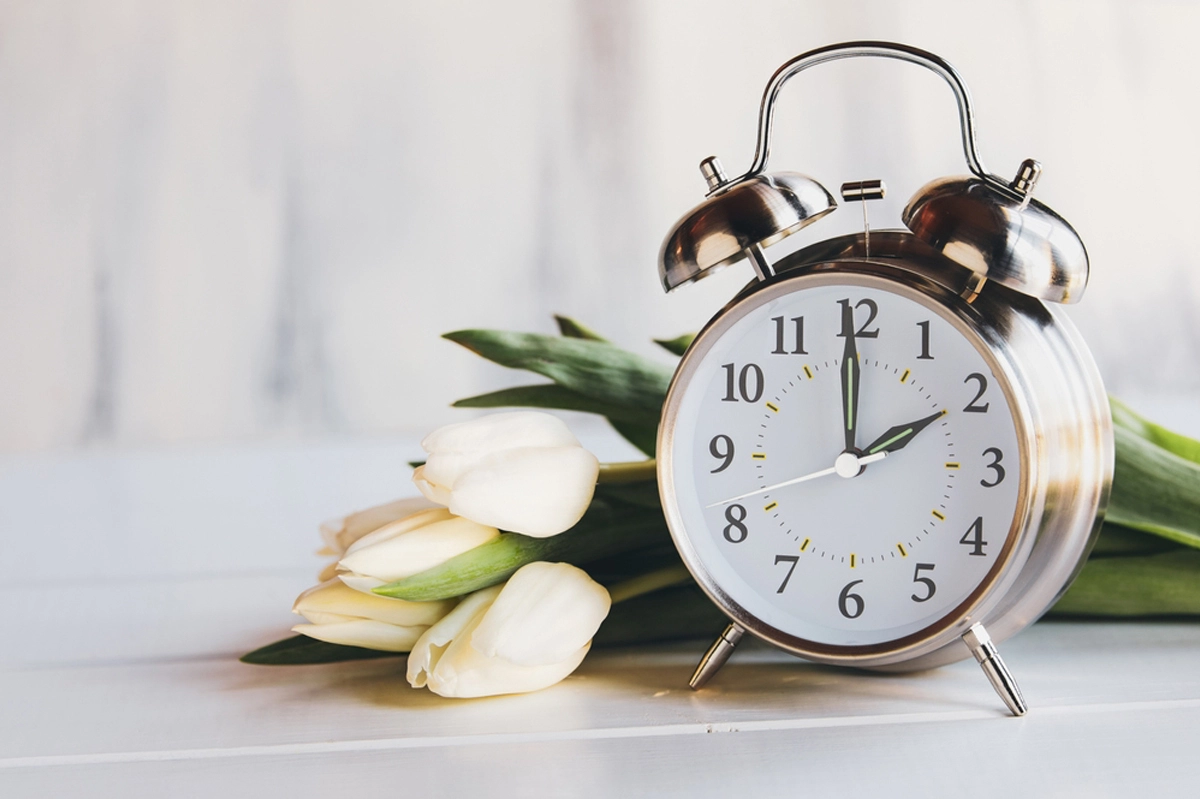Twice a year, millions of people experience the dreaded shift of daylight savings time (DST). Whether we “spring forward” or “fall back,” adjusting our internal clocks can be challenging. Sleep disruptions, grogginess, and difficulty falling or staying asleep are common issues during this transition. Fortunately, understanding how DST affects sleep and taking proactive steps can help minimize its impact.
How Daylight Savings Disrupts Sleep
1. Circadian Rhythm Disruption
Your body’s internal clock, or circadian rhythm, is regulated by natural light and darkness. When we suddenly shift the clock forward or backward, it can take several days for the body to adjust. Losing an hour of sleep in the spring often leads to sleep deprivation, while gaining an hour in the fall can still cause restlessness as our rhythms adjust.
2. Decreased Melatonin Production
Melatonin is the hormone responsible for regulating sleep. Exposure to artificial light at later hours due to DST can suppress melatonin production, making it harder to wind down at night and feel rested in the morning.
3. Increased Sleep Fragmentation
Many people experience lighter sleep or more frequent nighttime awakenings after the time change. This fragmented sleep can leave you feeling sluggish and unfocused throughout the day.
4. Mood & Energy Fluctuations
Sleep disturbances can lead to irritability, mood swings, and difficulty concentrating. DST has even been linked to an increase in workplace accidents and reduced productivity due to widespread fatigue.
How to Adjust & Improve Sleep During Daylight Savings
1. Gradually Shift Your Sleep Schedule
A week before DST begins, try adjusting your bedtime by 15 minutes each night. This gradual transition will help your body adapt to the time change more easily.
2. Limit Evening Screen Time
Blue light from phones, tablets, and TVs can suppress melatonin production. Reduce screen exposure at least an hour before bed to help signal to your body that it’s time to sleep.
3. Use a Natural Sleep Aid
PatchMD offers two effective sleep patches to support your transition:
- Sleep Starter Patch:Contains topical melatonin to promote restful sleep and ease your body’s transition to a new schedule.
- Tri-Mag PatchProvides magnesium, known for its ability to relax muscles and support deep sleep, without melatonin for those sensitive to it.
4. Get Morning Sunlight
Natural light exposure in the morning helps reset your circadian rhythm and boost alertness. Spend time outside or open your curtains early in the day.
5. Maintain a Consistent Routine
Try to wake up and go to bed at the same time every day—even on weekends. A consistent sleep routine reinforces your body’s internal clock and minimizes DST-related disruptions.
6. Avoid Caffeine & Heavy Meals Before Bed
Caffeine and large meals too close to bedtime can interfere with falling asleep. Opt for a light snack and a calming tea if you need something before bed.
7. Create a Relaxing Sleep Environment
Ensure your bedroom is dark, quiet, and cool. Consider using blackout curtains and a white noise machine to promote uninterrupted sleep.
Take Control of Your Sleep During DST
While daylight savings time can throw off your sleep cycle, taking proactive steps can help you transition smoothly. By incorporating sleep-supporting habits and using PatchMD’s Sleep Starter or Tri-Mag patches, you can wake up feeling refreshed and ready to take on the day.
Make sleep a priority this March and give your body the support it needs to adjust seamlessly!
Daylight Savings Time FAQ
1. Is daylight savings going away in 2025?
While there has been ongoing debate about eliminating daylight savings time, no nationwide decision has been made yet. Some states have passed legislation to end it, but federal approval is required for any permanent change.
2. Will the U.S. get rid of daylight savings?
There have been multiple proposals to eliminate daylight savings time, such as the Sunshine Protection Act, but as of now, no final decision has been made at the federal level.
3. Why do we still observe daylight savings time?
Daylight savings was originally introduced to conserve energy and provide more daylight hours for activities. However, many argue that its benefits are outdated and that it causes more harm than good.
4. How long does it take to adjust to daylight savings time?
Most people take about a week to fully adjust, but some may experience sleep disruptions for longer periods, especially if they don’t take steps to regulate their sleep schedule.
5. Which states do not observe daylight savings time?
Hawaii and most of Arizona do not observe daylight savings time. Some U.S. territories, including Puerto Rico, Guam, and the U.S. Virgin Islands, also remain on standard time year-round











Leave A Comment
You must be logged in to post a comment.